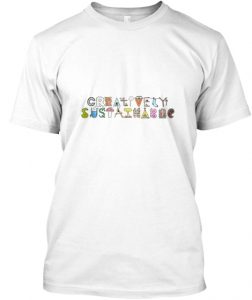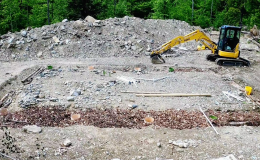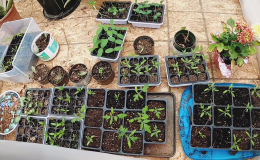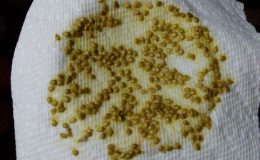8. Integrate Rather than Segregate
- By : Sarah
- Category : Food Forest, Gardening, Planning and Goals
- Tags: annuals, beneficial plants, perennials, permaculture
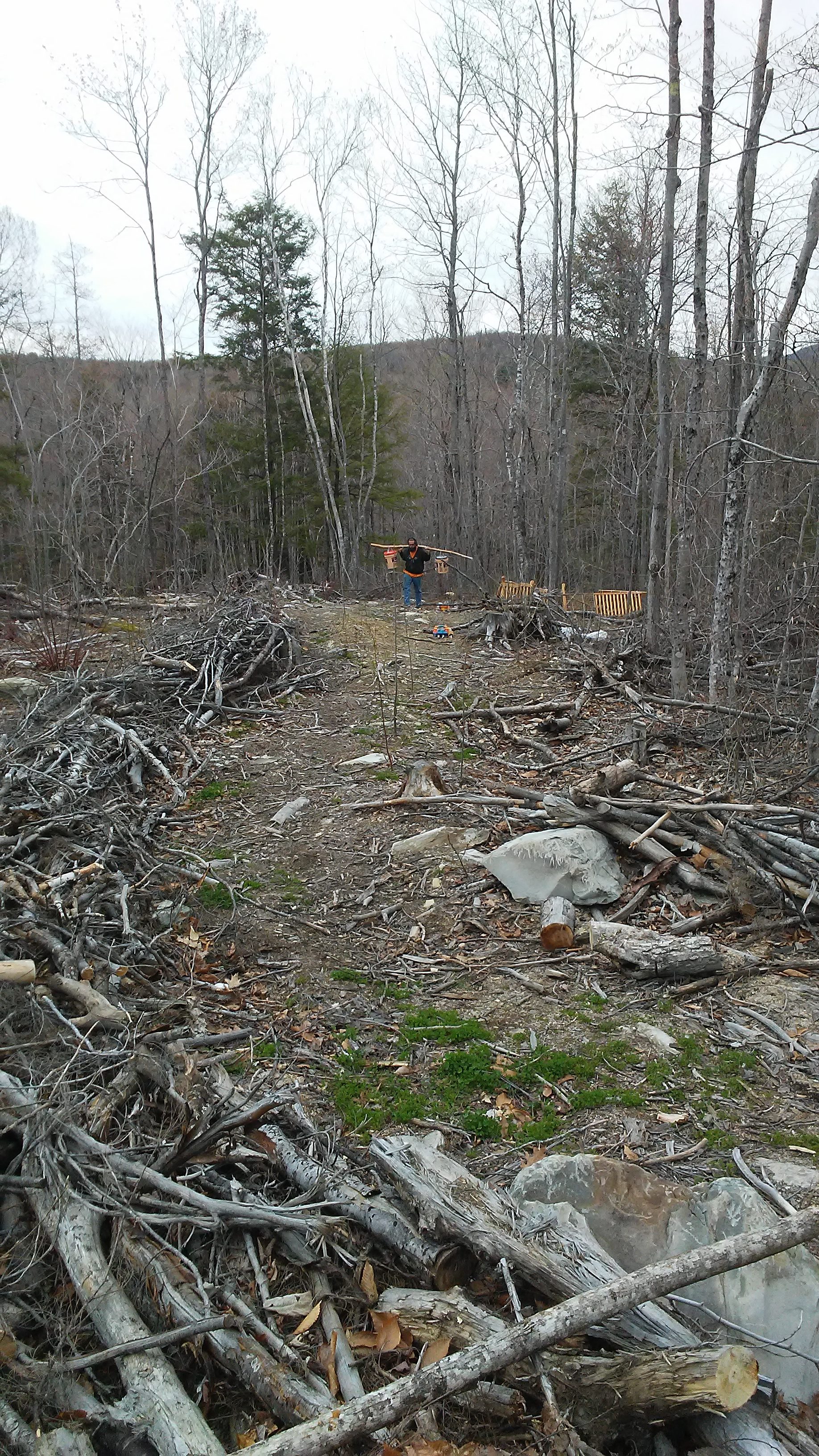
Much of modern agriculture is large, monoculture farms. Monoculture means that the farms produce one crop in mass quantities, like corn or wheat. Permaculture focuses more on polyculture. This means to grow many crops all together as one big happy family.
There are a few reasons why polyculture works so well in permculture. If you have one huge farm full of nothing but tomatoes, you could get infested with tomatoe horn worms and loose your entire crop. You could spray with nasty chemicals to protct your tomatoes, but that isn’t exactly healthy. Polyculture grows many different plants all mixed together so that even if you lose your entire tomatoe crop, you still have 20 other crops.
Not only does having multiple crops protect you against total loss, but the mixing of the plants makes it harder for insects and disease to spread from plant to plant. Some plants even scare some pests away from the garden, like marigolds. I have flowers that I plant mixed up in the vegetables to protect them and attract pollinators. The possibilities are endless.
There are three concepts that help to explain this principle: relative location, each element performs many functions, and each important function is supported by many elements.
Realative location simply means to put things where they make sense to be, as part of a system. Put your rain barrel under the downspout. Put your garden in a warm sunny place. Point your house at the sun. Put your compost pile near the garden. Stack your firewood near the house. Put thought into how you set things up so you don’t have to do it over and over again.
Each element performs many functions. Say you buy a very nice, expensive tool that can only do one task. Now all you can do is accomplish that one task very well. But you actually have 100 tasks to complete and you only have a tool to help you with one task. Now you have to either buy more tools or struggle more with the other tasks. Buy a shovel and a hammer. They will be useful for 100 different tasks and make all of those tasks easier for you to accomplish.
Now take something like chickens for example. Chickens produce meat and eggs, they can scratch the soil for the garden, provide fertilizer, eat food scraps, and help control bugs. If everything you had provided so much for you, you would always have plenty.
Which leads us to: each important function is supported by many elements. Food is clearly an important function. Food can be plant or animal sources. Plant sources can be grown or wild harvested. Lets talk about just the food sources we grow. I have my gardens set up in various areas in the yard, all along the walkways. If the tomatoes get infested in one area, the tomatoes in the other garden are far enough away to provide some protection. I have multiples of each crop in various areas. Each area also produces a different variety of each crop, which makes it even more of a polyculture. Then you can get into perennials and annuals. Growing perennials provides more stability of food in the long term, but annuals feed you now while the perennials get etablished. Growing both provides, again, more variety.
Every little bit we can do to start to satify these ideas will just increase your yeilds and decrease your input. As time goes by, you establish more and more systems through adding functions and elements as you go. The more work you put in to get all of the concepts satisfied, the more yeild you will get in the long run. Happy planning!
You can read about all the permaculture principles here.
Check here for more info:
Temperate Climate Permaculture
